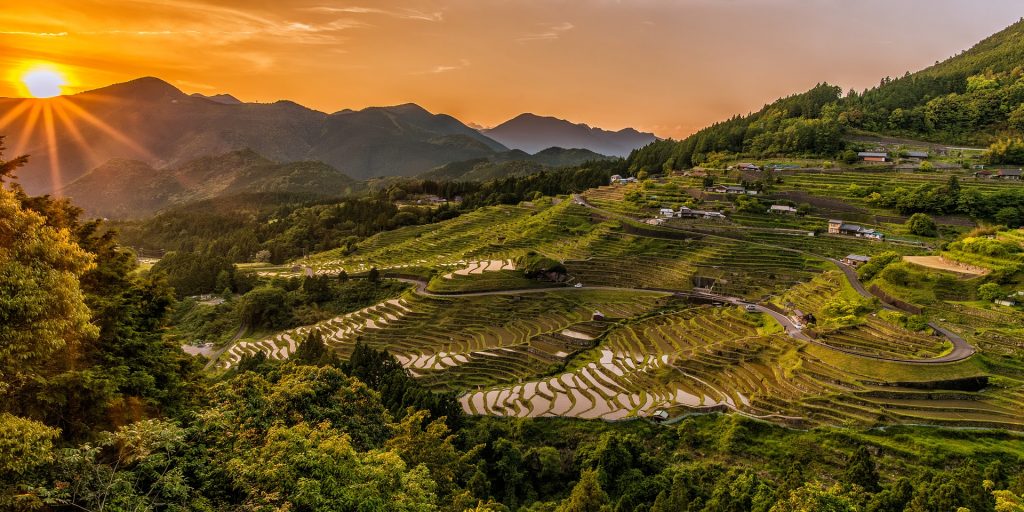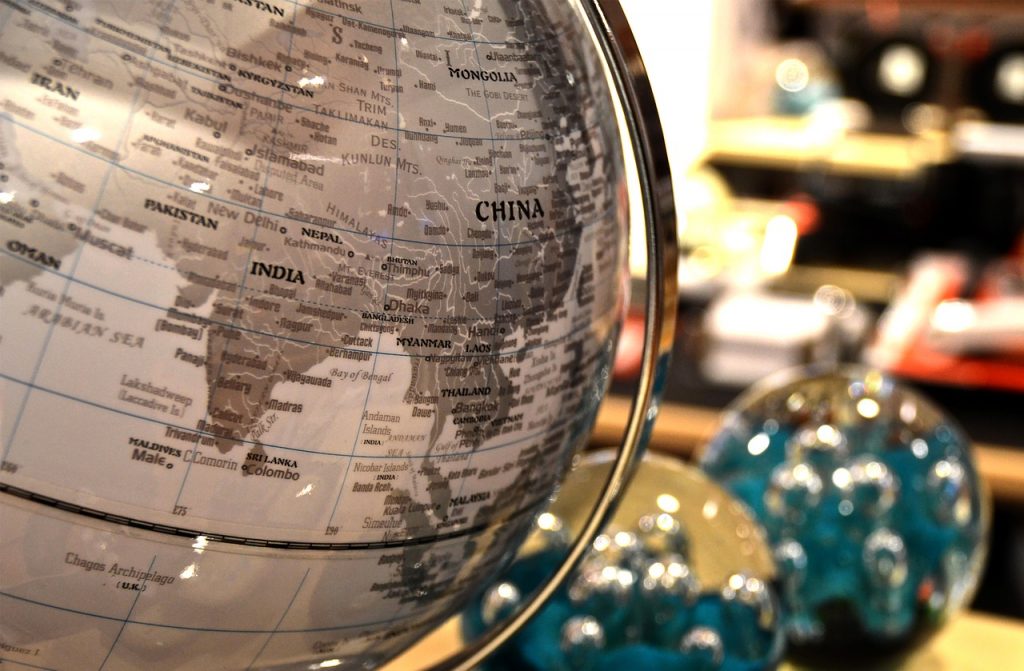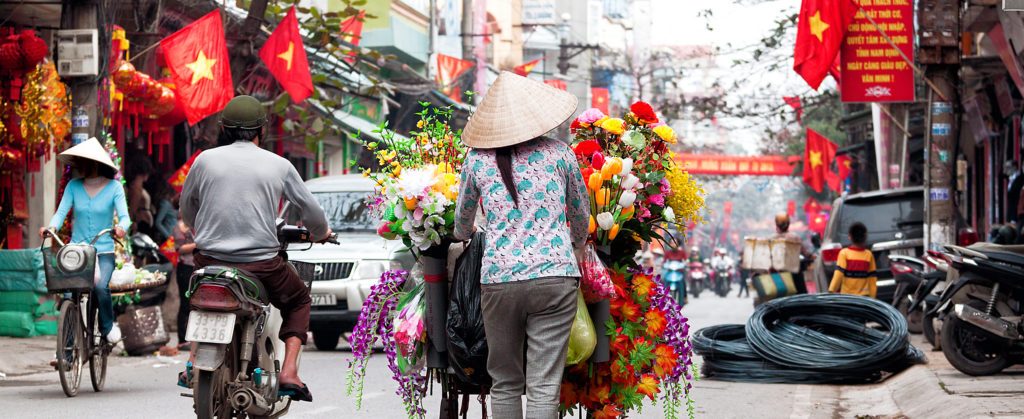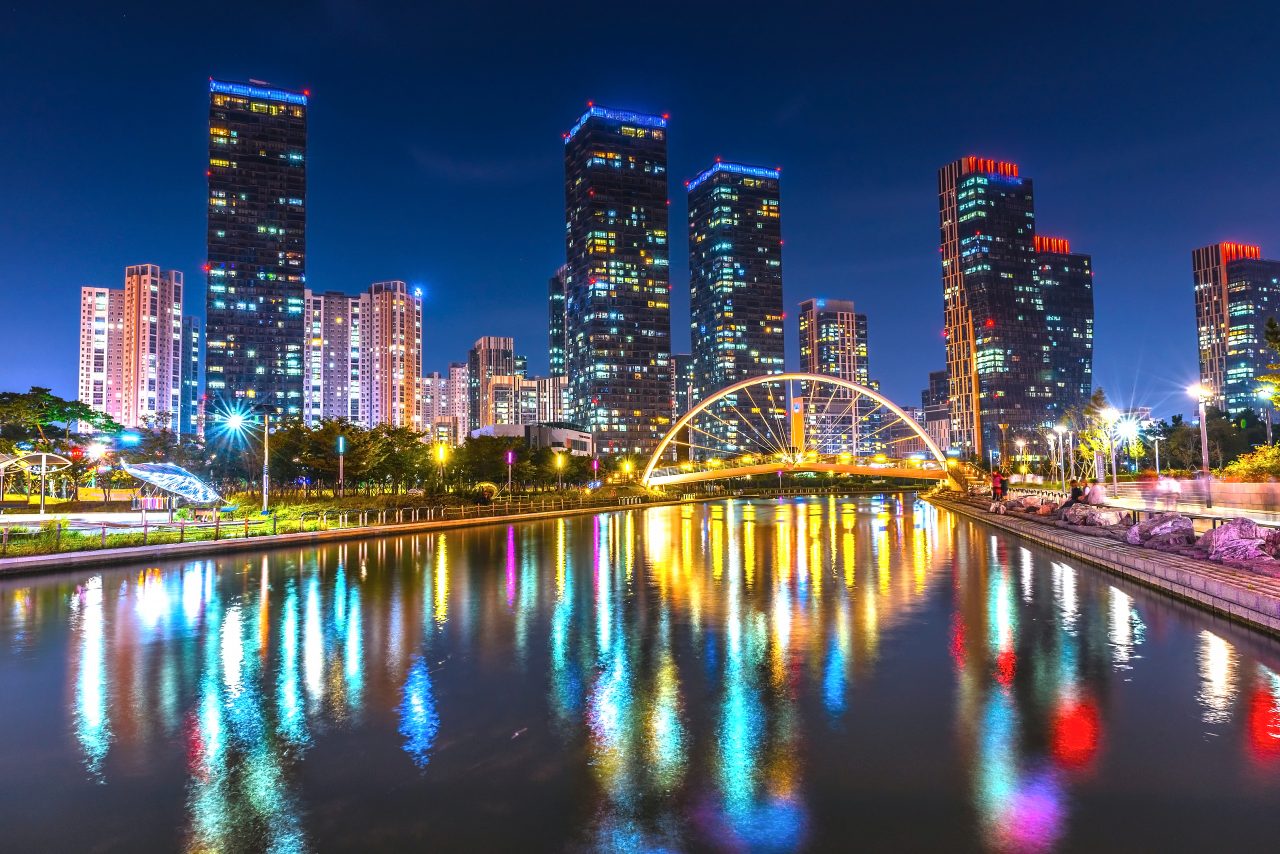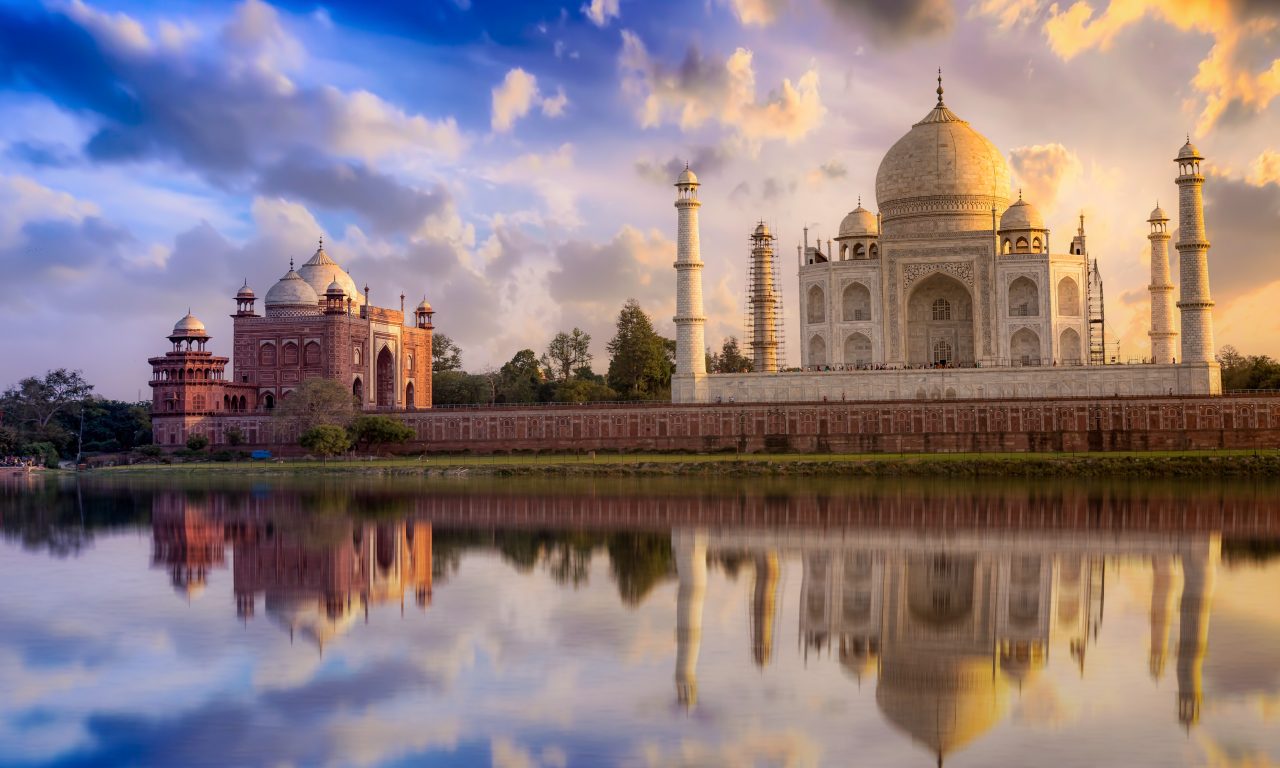Join GlobalBizzNetwork and start your international business network today.
Myanmar
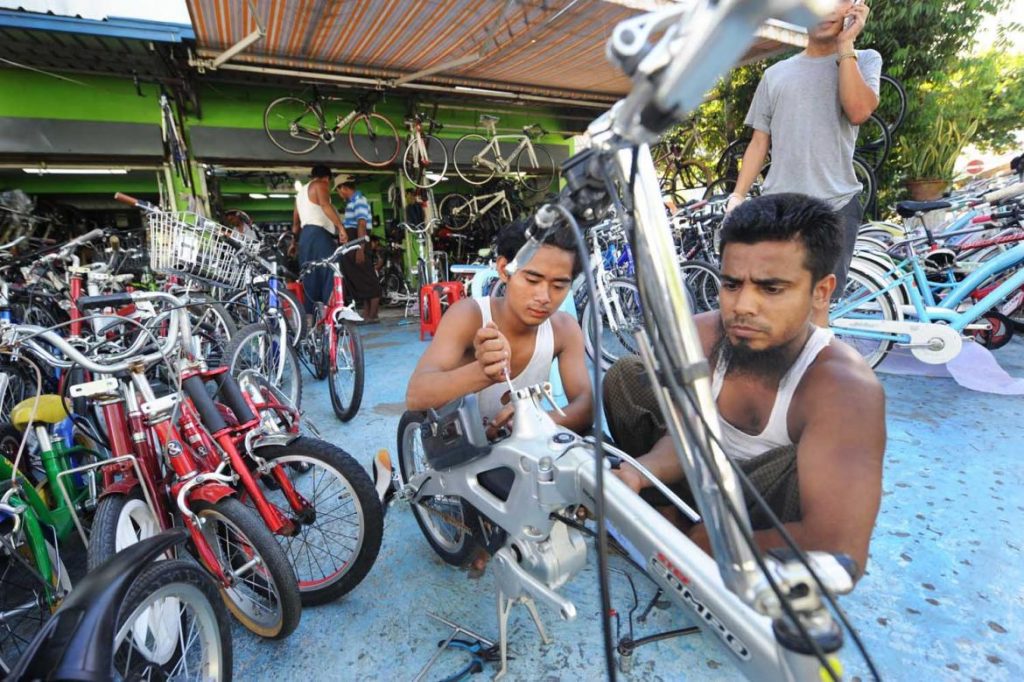
Myanmar or Burma is expected to remain an outperformer in Asia, with real GDP growth estimated at 7.1% a year in 2018/19 – 2022/23. Even though the United States lifted sanctions in October 2016, overall foreign investment has declined. The amount of foreign investment approved in the fiscal year 2016/2017 (ending March 2017) stood at S$9.1 billion, a 30% decline from the year before. This can be attributed to on-going reforms to the legal and regulatory frameworks before investors regain confidence in the potential of the Myanmar market.
As part of the Myanmar government’s plan to stimulate the economy and attract foreign investments, the Myanmar regional governments are planning large-scale greenfield township projects with the private sector in various regions including Ayeyarwaddy, Mandalay, Muse, Shan State and Yangon. There are five such “mega projects”, as termed by the Myanmar Investment Commission, that are part of the Belt and Road Initiative and open to international investors for their participation.
These include:
- Mandalay Myotha Industrial Park
- Muse Central Business District
- New Mandalay Resort City
- New Yangon City
- Yangon-Ayeyarwaddy Development Project (Nga Yoke Kaung) and Pathein Industrial City
- Combined, these townships span over 1000 hectares with an investment value of over S$6.9 billion.
The consumerism trend in Yangon is rising, with more regional brands launching in the market. Recent entrants in 2018 include Canton Paradise under the Paradise Group (their other brands Paradise Dynasty and Beauty In The Pot had previously launched in the market), and Breadtalk, which opened its third outlet in Yangon. International brands such as Starbucks and Krispy Kreme have also announced their impending entry into Myanmar.
With a growing young population and increase in job opportunities in the main cities, the Myanmar people are actively seeking training and education opportunities to upgrade themselves. Companies such as PSB Academy and its local partner Chindwin College had taken the chance to set up a campus in 2018 offering engineering and Business degree programmes to Higher National Diploma holders.Biggest opportunities
Biggest opportunities
Myanmar is strategically located at the crossroads of India, China and Southeast Asia, allowing it access to a huge combined market. It has a young and highly literate population, as well as an abundance of land and natural resources. If reforms continue to stay on track and government and private sector institutions such as the planning, construction and financial bodies continue to be strengthened and build expertise, Myanmar has the potential to realise its aspirations of becoming a middle income economy.
There are opportunities in agriculture and aquaculture, consumerism, infrastructure, especially in utilities, power and urban development, as well as in manufacturing.
With agriculture as the backbone of Myanmar, there are opportunities for companies to bring in R&D and improved agricultural methodology to enhance the development and upgrading of the industry. Myanmar’s plentiful fertile land, varied climates and long coastal line provide ample opportunities for agriculture and aquaculture to take off as a key industry. With the growing demand for fishery and agricultural products, improved yield and productivity will boost Myanmar’s exports to the region and beyond.
A huge middle class will eventually emerge in Myanmar as investments lead to increase in jobs and incomes. Foreign investments have continued to stream in steadily since it opened up end 2011 – early 2012. Consumers are increasingly seeking goods and services that are of higher quality.
As Myanmar’s key cities grow, physical infrastructure must also be upgraded to match the needs of the growing urban populations. This brings opportunities in the real estate space (master-planning/design/development), water and power solutions. Singapore companies can contribute to these needs and bring affordable power and water solutions to the masses.
In the longer term, there will be potential in manufacturing as Myanmar moves towards industrialisation. For example, the operations of the Thilawa Industrial Park located Southeast of Yangon is well underway, with developers looking at a phase 2 expansion. Myanmar’s large population and abundance of land also place it in a good position as an alternative manufacturing hub, complementary to its neighbouring countries Thailand and Vietnam.
Misconceptions about Myanmar
When companies think of Myanmar, they often use only Yangon as a point of reference as it is the largest city and where businesses tend to gravitate to. Myanmar actually has a huge population of 53 million, with seven states and seven regions. Each area is different in terms of the breakdown of its population, wages, focal industries and consumer preferences. There are opportunities beyond Yangon. But companies also need to localise and cater to the different requirements of each state and region to do well.
Big challenges
Employee attraction and retention can be challenging. The talent pool for workers literate in English is fairly small in the urban areas and wages can be disproportionate with the experience and capability. With demand exceeding supply, it is a jobseeker’s market rather than an employer’s market. To find the right talent, companies need to look beyond monetary wages and incentives and offer a good and appreciative work environment with proper career progression paths charted out. Given a workforce that is keen on upskilling, exposing them to new work methods and international practices will go down well with employees.
Another area to bear in mind is the currency – the Myanmar kyat is not an international one. The US dollar is the prevalent trade and business currency for Myanmar, which is reliant on imports. The instability of the kyat against the US dollar has led to a rapid depreciation of the former, with real inflation and living costs on the rise. All companies in Myanmar face the same challenge of balancing currency risks with their operating costs in a dual currency system. Localising costs as much as possible will go a long way towards controlling rising expenditure.
Advice
It is a must to do due diligence before entering the market. While Myanmar welcomes foreign businesses, not every sector is ready for it. Owing to the decades of underdevelopment in both physical and regulatory spheres, be prepared for a certain level of ambiguity in the legal, financial frameworks as well as business practices as these are still being developed. Similarly, local manpower has minimal exposure to international work practice and expectations, so Singapore companies should bear this in mind and provide adequate training on the job and be patient with the entire business ecosystem.
